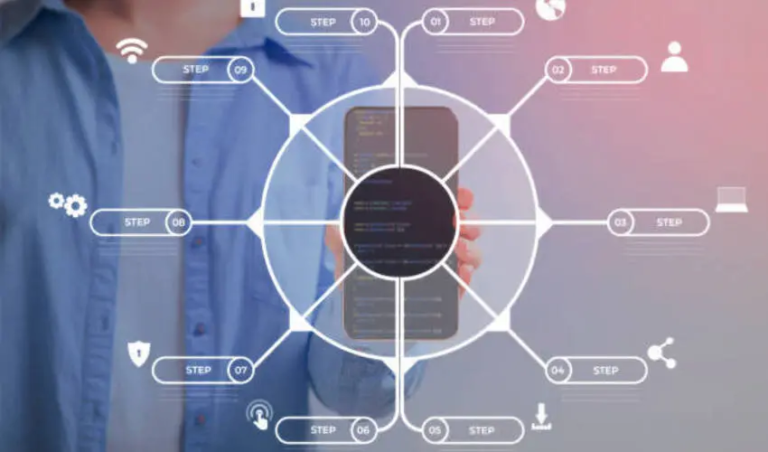Cybersecurity myths are common but false beliefs regarding digital security that create a wrong sense of safety and high business risks.
Introduction
In this current digital world, you must have witnessed that cybersecurity suggestions are full of myths that push companies into unsafe gratification. Therefore, we are presenting to you the most common misconceptions, why they are false, and what can be done instead.
Also Read: 10 Popular Cybersecurity Awareness Topics For Training – Diginatives
We Are A Small Company. Why Would Anyone Target Us?
Attackers do not target you because of your company’s size. In fact, your company is targeted because you are vulnerable. Phishing operations and ransomware spread wide nets and even succeed against medium and small companies that have weaker defense systems. In such a scenario, almost half of the gadgets in the affected companies are typically impacted during ransomware incidents. This is a costly disruption for smaller companies.
Companies Think That a Firewall and Antivirus Leads To Complete Protection
Perimeter and signature tools are important, but not enough. Latest attacks exploit identity weaknesses, human mistakes, and stolen credentials instead of popular malware signatures. Password-based attacks are extremely persuasive. According to statistics, Microsoft reports more than 600 million identity attacks with password-based techniques. Security must entail monitoring, multi-factor authentication (MFA), identity protection, and endpoint anti-malware.
Read More: Why Cybersecurity Must Be a Priority for Growing Businesses in 2025? – Diginatives
Phishing Attacks Are Extremely Obvious. Why Would Any Of Our Staff Member Click?
Nowadays, attackers are so smart that they engineer phishing attacks to detour instincts. Threat actors utilize lookalike and engineering domains. Therefore, users sometimes have only a few seconds to realize. Industry has analyzed that phishing is the best primary vector in breaches, and in numerous sectors, phishing and pretexting lead to scary incidents. Daily, realistic phishing simulations and training decrease risk- however, never eliminate it.
Long and Complex Passwords Are Enough. We don’t Need Multi-Factor Authentication (MFA)
Passwords are regularly cracked, stolen, and reused. Allowing MFA blocks the huge majority of account compromises. Other providers and Microsoft have found out that nearly all compromised accounts don’t have MFA, and companies that use MFA have immensely decreased successful takeovers. Allow MFA for any access to important systems and prefer phishing-resistant techniques like passkeys and hardware keys.
We Only Need Backups To Save Us From Ransomware
Backups are important, but not enough on their own. Sophisticated attackers take out information before encrypting it and perhaps also target backups. The major cost of a breach is more recovery, i.e., reputational damage, legal fees, investigation, and downtime. According to IBM, the data breach cost was estimated to reach up to $4.88 million in 2024. This shows why incident readiness, detection, and prevention are significant to backup hygiene.
A Practical Checklist To Avoid Cyber Attacks
- Implement a Layered Approach: Amalgamate endpoint protection, network segmentation, email safeguards, and detect security (Conditional access and MFA).
- Educate yourself and your staff regularly with targeted phishing simulations and measured metrics.
- Fortified Identity: Delete legacy authentication, allow phishing-resistant MFA, and observe for wired sign-ins.
- Assess Backups and Separate Them: Assume breaches will occur and apply incident response.
- Utilize Threat Intelligence: You must do regular patching to decrease exposure to Windows.
Conclusion
Myths offer false comfort. You must replace them with regular assessment, identity-first controls, and layered safeguards. This is because original resilience is created through prevention, identification, and practiced response.
Frequently Asked Questions (FAQs)
Cybersecurity myths are common but false beliefs regarding digital security that create a wrong sense of safety and high business risks.
We Are A Small Company. Why Would Anyone Target Us?
Companies Think That a Firewall and Antivirus Leads To Complete Protection
Phishing Attacks Are Extremely Obvious. Why Would Any Of Our Staff Member Click?
Long and Complex Passwords Are Enough. We don’t Need Multi-Factor Authentication (MFA)
We Only Need Backups To Save Us From Ransomware
Implement a Layered Approach: Amalgamate endpoint protection, network segmentation, email safeguards, and detect security (Conditional access and MFA).
Educate yourself and your staff regularly with targeted phishing simulations and measured metrics.
Fortified Identity: Delete legacy authentication, allow phishing-resistant MFA, and observe for wired sign-ins.
Assess Backups and Separate Them: Assume breaches will occur and apply incident response.
Utilize Threat Intelligence: You must do regular patching to decrease exposure to Windows.






